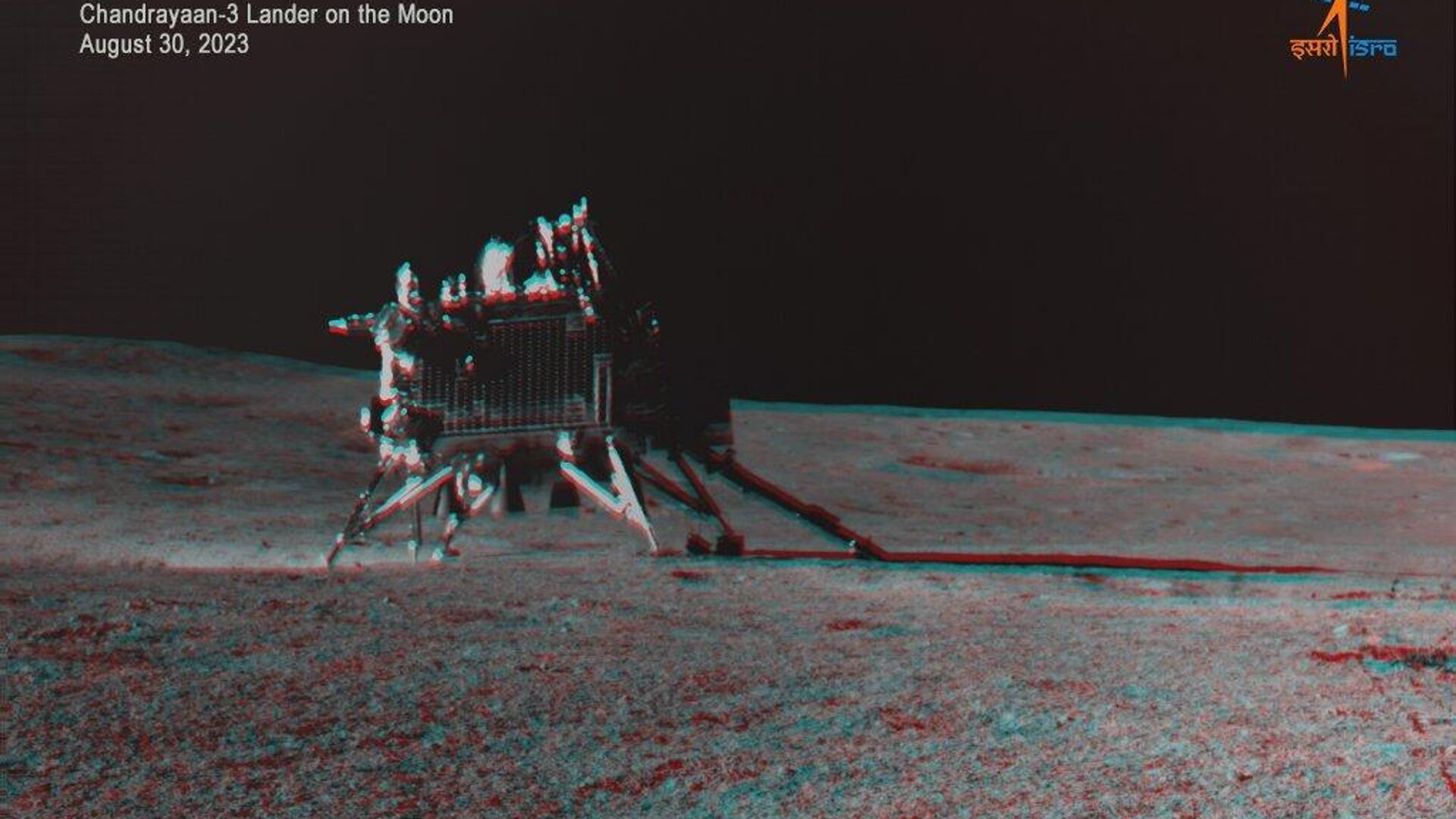SOURCE: AFI


India’s space agency, the Indian Space Research Organisation (ISRO), has made significant strides in space exploration, highlighted by the recent success of the Chandrayaan-3 mission. However, despite its achievements, ISRO faces several internal challenges that hinder its progress toward self-sufficiency. In a candid revelation, a scientist involved in the Chandrayaan-3 project outlined the issues of limited access to advanced technology and insufficient funding, shedding light on why ISRO isn’t yet self-sufficient.
One of the primary challenges ISRO faces is the restricted access to advanced space technology. International collaborations are crucial for the development and enhancement of space technology, yet geopolitical factors and international regulations often limit ISRO’s ability to acquire cutting-edge technology from foreign space agencies and companies. This limitation hampers the agency’s ability to develop and deploy state-of-the-art systems and innovations.
The Chandrayaan-3 mission, while a remarkable feat, exemplified this challenge. The mission relied heavily on indigenous technology, but the lack of access to certain advanced materials and components slowed down the development process. To bridge this gap, ISRO needs to strengthen its international partnerships and advocate for more favorable technology transfer agreements, enabling it to keep pace with global advancements in space technology.
Another significant hurdle for ISRO is insufficient funding. Despite the high expectations placed on the agency, its budget remains modest compared to other leading space agencies like NASA and ESA. The limited financial resources constrain ISRO’s ability to undertake multiple large-scale projects simultaneously and invest in research and development for future missions.
The Chandrayaan-3 mission, which aimed to demonstrate India’s ability to conduct a soft landing on the moon, was executed on a relatively tight budget. While ISRO has been lauded for its cost-effective missions, the agency’s ability to innovate and expand its horizons is curtailed by financial constraints. Increased funding would allow ISRO to invest in more ambitious projects, enhance its infrastructure, and retain top scientific talent.
The scientist also highlighted the bureaucratic challenges within ISRO and the broader Indian government. Lengthy approval processes and bureaucratic red tape often delay project timelines and hinder swift decision-making. Streamlining these processes and fostering a more agile administrative framework could significantly enhance ISRO’s efficiency and responsiveness.
Despite these challenges, ISRO continues to strive for excellence and innovation. The agency’s vision for the future includes ambitious projects such as the Gaganyaan manned mission and collaborations with international partners for interplanetary explorations. Addressing the issues of technology access, funding, bureaucratic inefficiencies, and talent retention will be crucial for ISRO to achieve these goals and establish itself as a leading space agency.